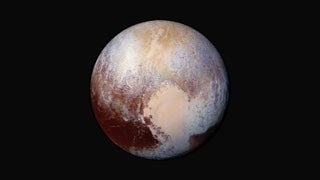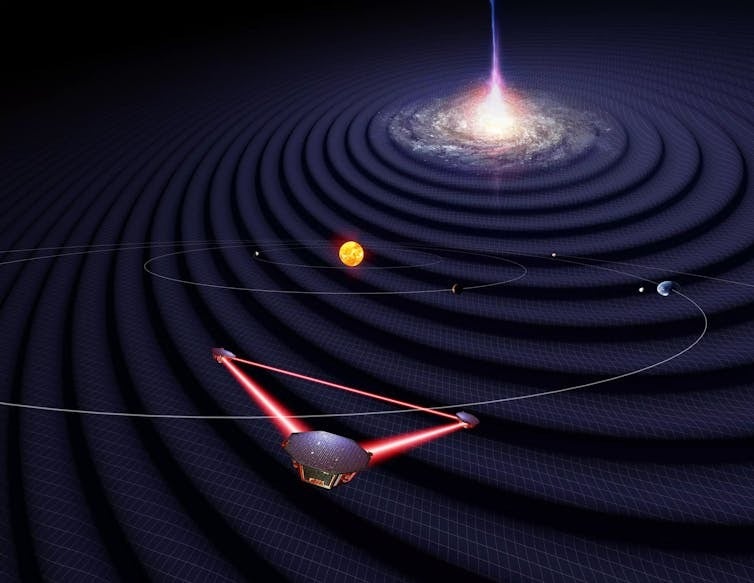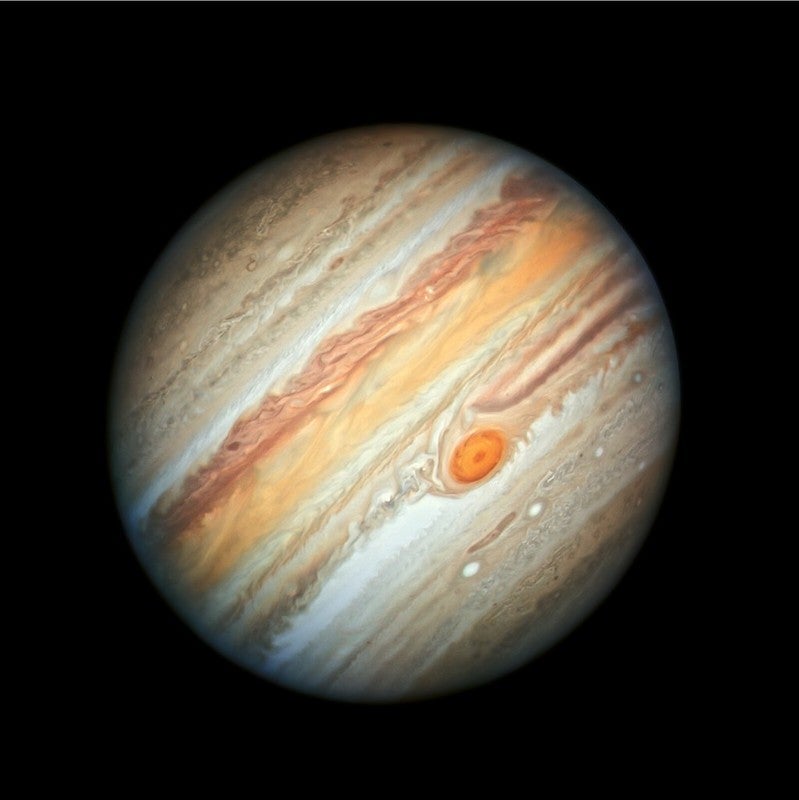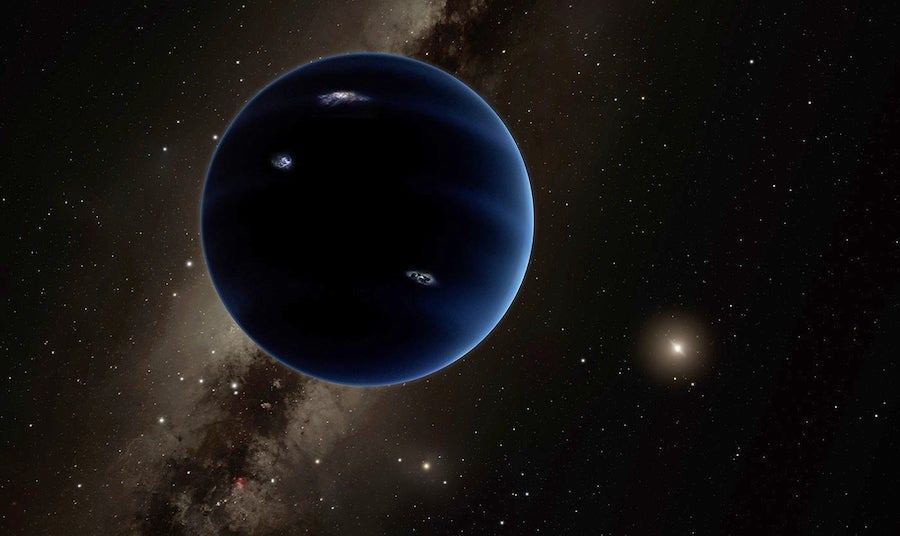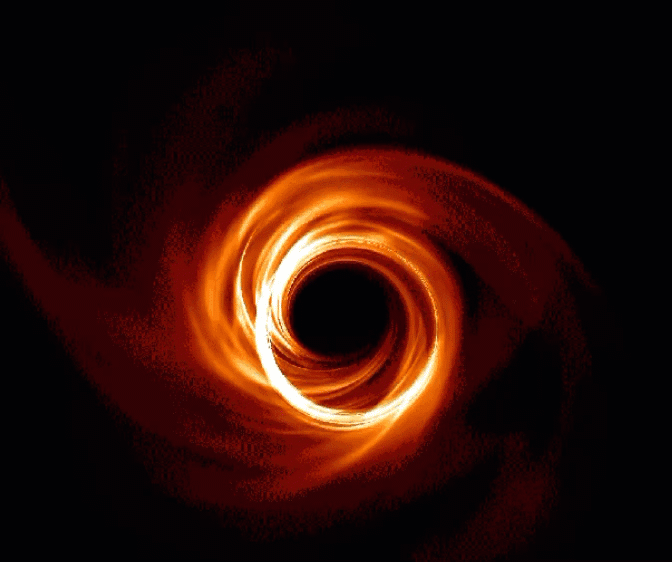The IAU defined a planet as an object that orbits the Sun, has enough mass that self-gravity forces it to take on a nearly round shape, and has cleared the neighborhood around its orbit. (The third condition is what denied Pluto a spot because it orbits among many similar objects in the Kuiper Belt.) But the definition is neither quantitative nor general. And it can’t be applied to any of the thousands of known exoplanets — at least until interstellar travel becomes routine so we can examine them all up close.
Margot seeks to generalize the definition by defining a planet as an object in orbit around one or more stars or stellar remnants, has a mass large enough to clear its orbit (though he prefers the term “dynamically dominates”), and has a mass less than 13 Jupiter masses (to rule out brown dwarfs). He even defines what it takes for a planet to dynamically dominate its neighborhood based on its mass, the mass of the star it orbits, and its orbital radius or period — values easy to determine for the thousands of exoplanets discovered by the Kepler Space Telescope. Any planet that meets the mass limit also will be round, so there’s no need to add a condition for that.
Margot’s definition would grant planetary status to 99 percent of the Kepler objects but, alas, still keep Pluto on the outside looking in. The debate won’t end here, of course, and one day the IAU will need to revisit its definition because no one really like it as it stands. So there’s still hope for all the Plutophiles out there.

